🌦️ Imagine A giant Emotional Weather Map
But instead of showing rain or sunshine, it shows how people are *feeling* in different places and times.
Here’s how it works:




So it’s like checking the mood of a city the same way you’d check the weather. Instead of “It’s cloudy,” it might say “People were feeling anxious.”
Let’s show the emotional map of New Yourk on 9/11.


Here’s what the emotional map would likely show:

Mood: Normal, maybe a little sleepy. People commuting, grabbing coffee.
Emotions: Neutral or calm.

Mood: Shock and confusion.
Emotions: Anxiety skyrockets—people are scared and unsure what’s happening.
Sadness: Begins to rise as the reality sinks in.
Anger: Starts building, especially as news spreads about it being a terrorist attack.

Mood: Grief and rage.
Emotions: Sadness stays high, people mourning lives lost.
Anger: Keeps climbing, many felt furious and helpless.
Hope: Flickers, people start helping each other, donating blood, comforting strangers.
This emotional wave was actually studied using old pager messages from that day. Researchers found that anger increased steadily, while sadness and anxiety stayed high but more stable. To feel the emotional pulse even more deeply, these videos offer raw, personal reflections:
1. Remembering 9/11: WKYC – Journalists share how the day unfolded emotionally in real time.
2. Remembering 9/11 at Ground Zero – A tribute at the memorial site, capturing the solemn mood.
3. 9/11: Phone Calls from the Towers Documentary – Heartbreaking calls from victims that show fear, love, and courage.
4. Emotional Gym Teacher Recalls 9/11 Memories of Students – A teacher’s emotional memory of how kids reacted.
5. 9/11’s Unintended Crash Site, 20 Years Later | Flight 93 – A look at the crash site and the emotions tied to it.
6. I created this video of my 9/11 experience during my first few….. – A personal story that captures the emotional aftermath.
For those who lived through 9/11, the day is etched in visceral detail. The endless loop of footage, the stunned silence, the ash-covered streets, and the raw grief. But for the generation that came after, their understanding is secondhand—filtered through documentaries, textbooks, commemorations, and yes, emotion mapping.
🧠 Here’s where emotion mapping becomes more than just data. It becomes a bridge. It can help younger generations feel the emotional climate of that day, not just know what happened. Instead of just reading, people were sad; they could see how grief surged in real time, how anxiety spread across the globe, and how hope flickered in the aftermath.
📺 TV was the emotional amplifier.
The images weren’t just shown—they were replayed, analyzed, *grieved over. That constant exposure shaped a collective emotional memory. But for those who didn’t experience that media saturation, emotion mapping can simulate it in a new way, by aggregating the emotional expressions from millions of voices.
It’s like giving emotional context to history, not just facts. And that’s crucial, because without emotional context, events risk becoming sterile footnotes.
So, if you clicked on New York and September 11 on an emotion map, you’d see a storm of grief, fear, and rising anger, with small pockets of hope as people came together.
There are so many moments in history we wouldn’t dare to relive, but to truly understand them, we must feel what others felt. And those moments? They are uncountable.




